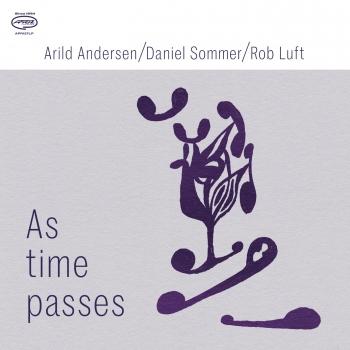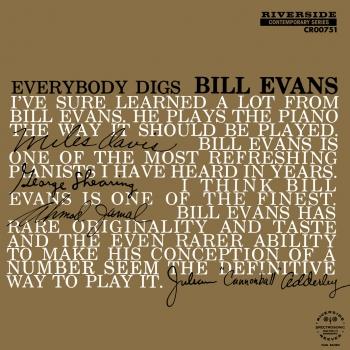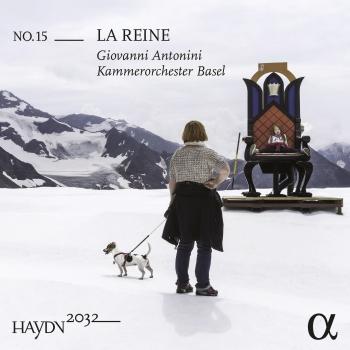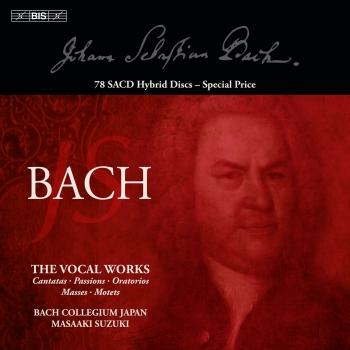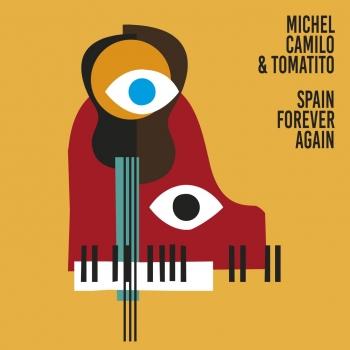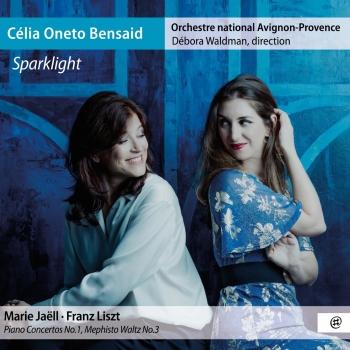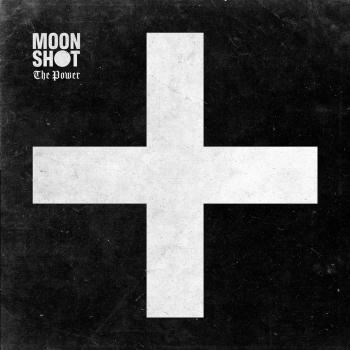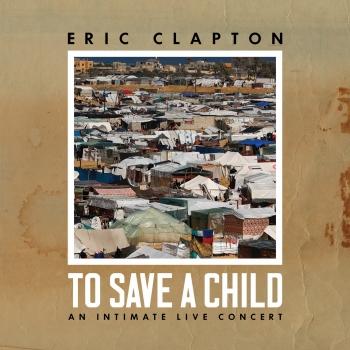HIGHRESAUDIO, for the first time, visualises the difference between Mp3, CD and 96/24
Why does High Resolution sound better than CD?
The higher sampling rates cannot be the only explanation. The human ear is able to perceive frequencies up to a maximum of 18 kHz - consequently the CD's bandwidth of 20 kHz has a comfortable safety margin. We like to introduce three fundamental factors that significantly degrade the music quality, but can be mitigated by using higher bitrates and sample frequencies.
1.) The CD offers a resolution of 16 Bit and therefore 65,536 discrete steps to digitize an analogue music signal. That limitation causes distortions especially audible as noise within quiet parts of the music. That quantisation noise is always present and comparable with the noise of a tape or LP but because of its digital nature more distracting.
2.) The converters between the analogue and digital world aren’t perfect at all. For example, low pass filters used in the analogue-to-digital and digital-to-analogue converters cannot be as perfect as they should be to satisfy the theory for music digitisation. Furthermore, jitter of the clock signal causes inaccurate conversion adding even more distortions to the output signal.
3.) The digital recording of music demands accurateness to avoid inter-sample peaks and to set the maximum gain carefully to use the full dynamic range available.
Using native Studio Master records helps to mitigate the impact of the above-mentioned factors.
1.) Modern electronics is able to reach a dynamic range of around 120 dB by choosing higher bitrates of 24 Bit. The quantisation noise is negligible because of the huge amount of quantisation steps available.
All native Studio master records make use of a 24 bit resolution.
2.) A higher sampling frequency enables the reproduction of music beyond 20 kHz to represent the full harmonic spectrum of the recorded instruments. Furthermore, inter-sample peaks, which are causing audible distortions, are less likely.
Studio Master records are available with sampling frequencies of up to 384 kHz.
3.) The combination of higher bitrates and increased sampling frequencies provide the audio engineer with the necessary headroom to create high quality records and the HiFi enthusiast with a much better reproduction of the original music.
There is a fix relation between bitrate and sampling frequency. Increasing the sampling frequency increases the signal to noise ratio (SNR). Consequently, keeping the SNR stable leads to a reduction of bits. Direct Stream Digital is a good example where only 1 Bit is used with a very high sampling frequency of 5.6448 MHz for DSD128.
We like to present the MusicScope-Measurements of the most common music formats to make their differences not only audible but also visible.
The following picture shows a CD-Record (16 Bit / 44.1 kHz) with its frequency limitation at around 20 kHz, visible within the spectrum and waterfall-diagram. Especially this record displays several inter-sample peaks (pls. see History) which cause overs of up to +3 dB (pls. see True Peak Level).
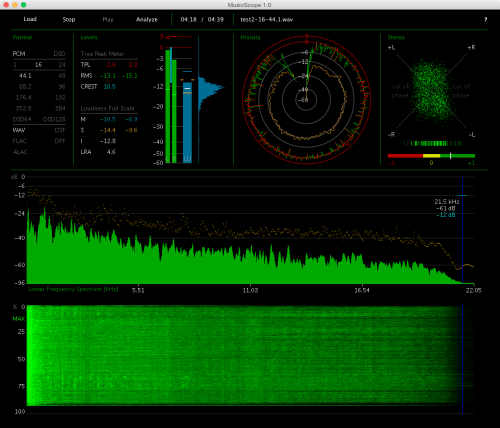
An MP3-Record (128 kBit/s) converted to WAV (pls. see below) compresses the music by applying a lossy compression algorithm. The screenshot shows the limited frequency range of only 16.5 kHz as well as the reduced amount of information (pls. see waterfall diagram) due to the application of a psychoacoustical model where it is possible to remove frequencies, which are masked by louder parts of the music.
Please compare the MP3-Record with the same piece of music as native Studio Master, represented by the screenshot further down.
The next screenshot displays the analysis of a native Studio Master with a bitrate of 24 bits and a sampling frequency of 96 kHz. High resolution audio uses lossless compression to save disc space (e.g. FLAC or ALAC).
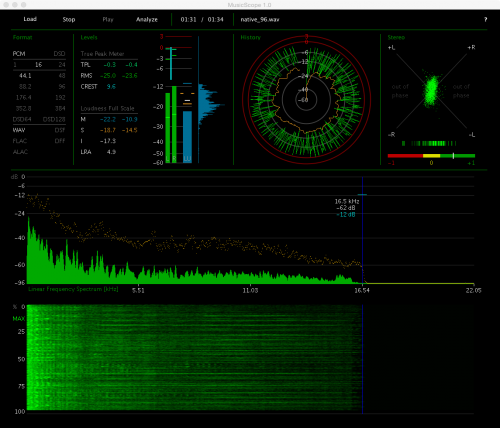
The screenshot of the MusicScope-Measurement shows a perfectly levelled Recording without any inter-sample peaks. The huge frequency range goes up to 40 kHz and guarantees the reproduction of the full harmonic spectrum.
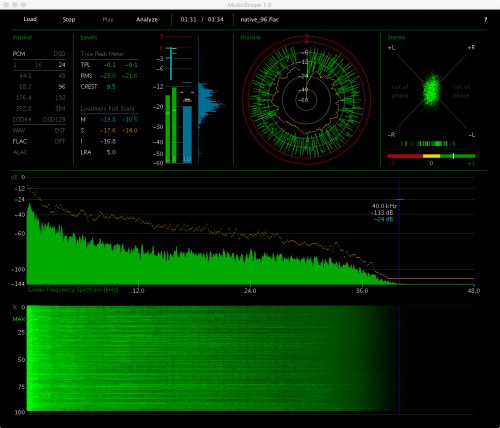
Finally we like to present the measurement of a “Direct Stream Digital” recording (DSD128 / Sampling-Frequency: 5.6448 MHz). Frequency parts of the music are visible up to 48 kHz.
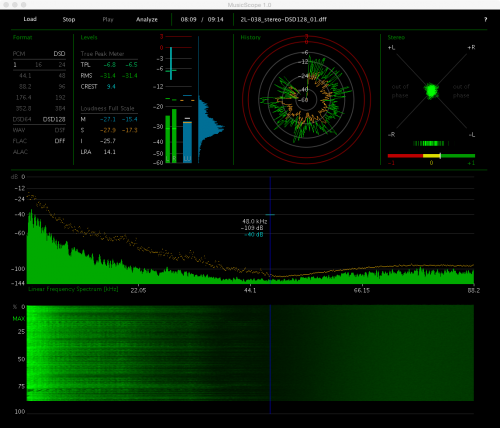
Equipment: Our thanks go to the XiVero Team (http:/www.xivero.com). They developed the MusicScope used for the above measurements.

